The academic mall was filled with sunlight and lively chatter during campus lifetime on Wednesday, Sept. 15, as hundreds of students bustled about dozens of tables covered with knick-knacks and banners. Such a cheerful sight could only allude to the semi-annual Involvement Fair, an event put on to give students the opportunity to learn about the extracurricular activities available to them on campus.
Two hours later, in a dimly lit auditorium in the Staller Center for the Arts, Stony Brook University President Samuel L. Stanley Jr. addressed an audience consisting of mostly sober-faced faculty members to discuss the chronic financial problems the university is facing due to a near 20 percent budget cut since April 2008.
“Without question, the significant reductions in our budget over the past few years have been a hindrance to our plans for continued growth and productivity,” Stanley said.
Pretty soon, the students who were happily browsing the activity tables will start to see the ramifications of the budget cuts Stanley spoke about as extracurricular opportunities start to face the chopping block.
The Student Activities Center, or SAC, and the Student Union are the primary social hubs on campus and facilitate club meetings and student-run activities. “We help to put on nearly 20,000 events every year ranging from the fundraising tables to anything in the Student Activities Center Ballroom,” said Howard Gunston, the director for Facility Management for the SAC and Student Union.
Gunston’s face fell from the genuine smile across his face as he said, “Right now, due to budget cuts, the professional staff of the facilities management team has been functioning with 20 percent less people than what we typically would and in November we’re anticipating two more members of the staff to leave their positions.”
These anticipated cuts will leave the professional staff at 60 percent of its original size.
According to Gunston, the facilities management manpower in the SAC and Student Union will become so stretched that the buildings may start to close earlier and less events will be put on. These consolidations will be noticed by student-run organizations as they realize weekly meeting spaces are disappearing and events like the Involvement Fair become scarce.
The Undergraduate Student Government, or USG, funds clubs on campus through the mandatory student activity fee of $94.75. This total budget of close to $3.1 million is not effected by budget cuts and only fluctuates due to enrollment, but many clubs did receive cuts to their budgets this year, making it more difficult to operate during hard economic times.
Clubs and activities saw its budget deplete from $1,795,334.58 to $1,579,325.00 in one year. But the USG President, Matthew Graham, said the budget is currently undergoing its fall revisions and that he hopes more funds will be set aside for campus- wide activities that will make Stony Brook a happier and more engaging campus for students.
As for the fiscal blow that many clubs took, according to Moiz Khan, the 2009-2010 treasurer, club budgets vary every year depending on a club’s budget application and ongoing relationship with USG.
Sixteen programs and organizations that had received funding through the Undergraduate Student Government last year were cut from the budget. These programs include Athletic Training, the Culinary Club and Homecoming. Other organizations, such as The African Students Union and Hillel, have seen significant cuts in their budgets.
The Cat Network, which helps stray cats on campus, went from a budget of $4,170.56 to $1,000- an a 76 percent decrease- in one year. The Cat Network’s mission includes feeding, housing and giving medical attention to the stray cats on campus. “The Undergraduate Student Government would probably tell you that they cut our budget because the funds don’t go directly to students, but this is something we enjoy doing and think is a positive cause, ” said Cecilia Hassette, a junior and member of the Cat Network.
According to Hassette, the club won’t be able to provide as much food or veterinary services as they have in the past.
Of the 205 organizations and programs that received funding from USG for this year, 71 lost at least a portion of what they received last year but the rest potentially face problems in unsuspecting ways.
Campus Recreation received an additional $2,000 from USG this year, bringing its total budget to $172,000. Even with the increase, the department’s budget was cut more than $22,000 from last year. So, the department began to scale back when facilitating activities for more than 1,100 students in intramural sports and another 5,600 students in sports clubs.
“We’re being a lot less frivolous this year. For instance, we couldn’t take the students on the whitewater rafting trip,” said David Hariston, coordinator for Campus Recreation.
Despite Hairston’s assurances that students participating in sports clubs won’t see an increase in their dues, it’s clear that Campus Recreation will cut expenses somewhere. “Right now, we’re looking into hiring more work-study students opposed to student assistants,” Hairston said.
According to Hairston, approximately 80 students run the sports clubs and intramural sports on campus. Most are student assistants paid out of the center’s budget, while work-study students are paid by federal grants.
Daniel J. Melucci, an administrator in charge of Stony Brook University’s budget committee, confirmed that Bain and Company, a consulting group, was hired to help the campus run more efficiently. Despite his assurances that the focus of Bain and Company was not to limit the extracurricular activities on Stony Brook’s campus, budget consolidations will affect employees and operations like Howard Gunston and his facilities management team that make student activities possible.
“Right now, the goal has been to just protect and isolate the academic sector,” Gunston said, leaving students to wonder about the things they love beyond the classroom walls.




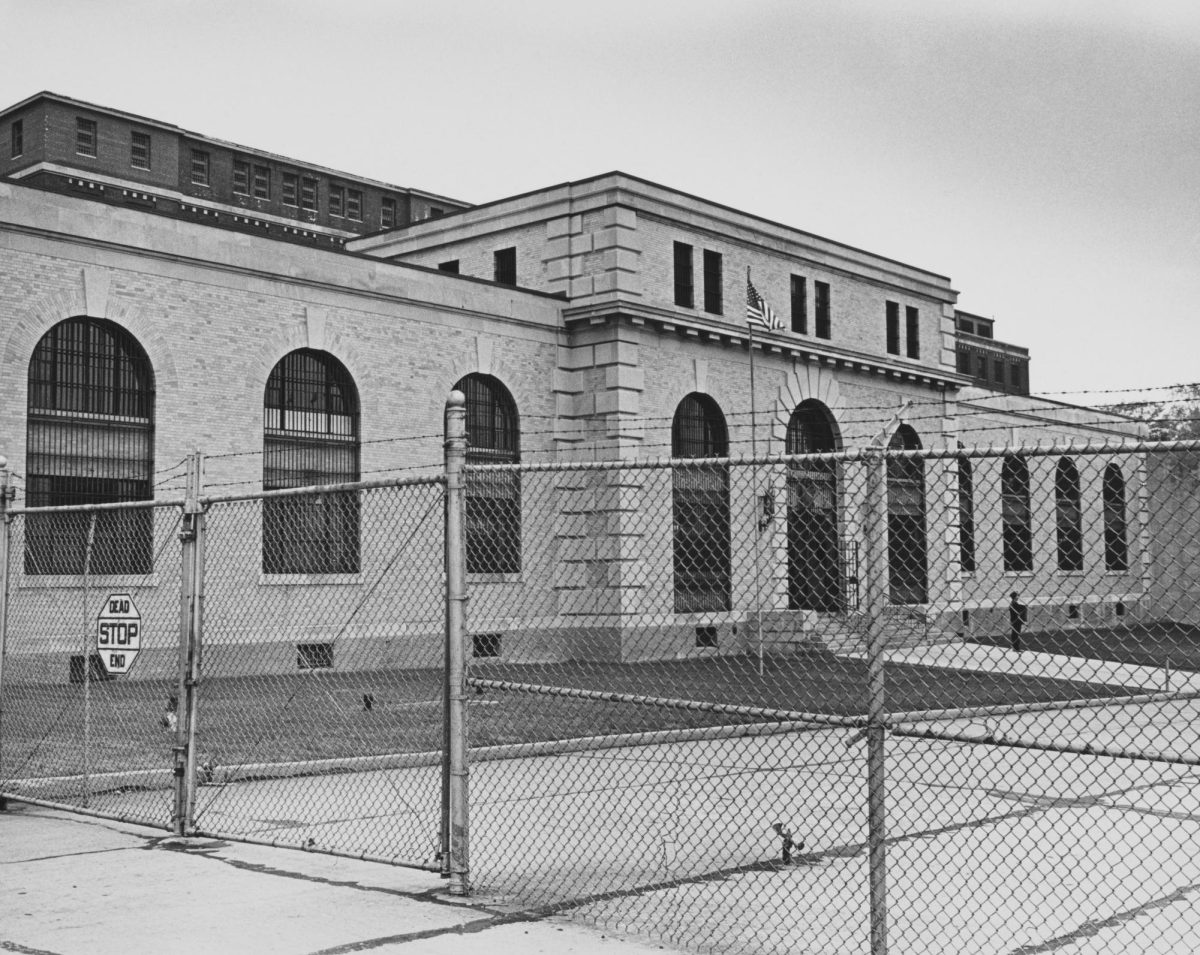

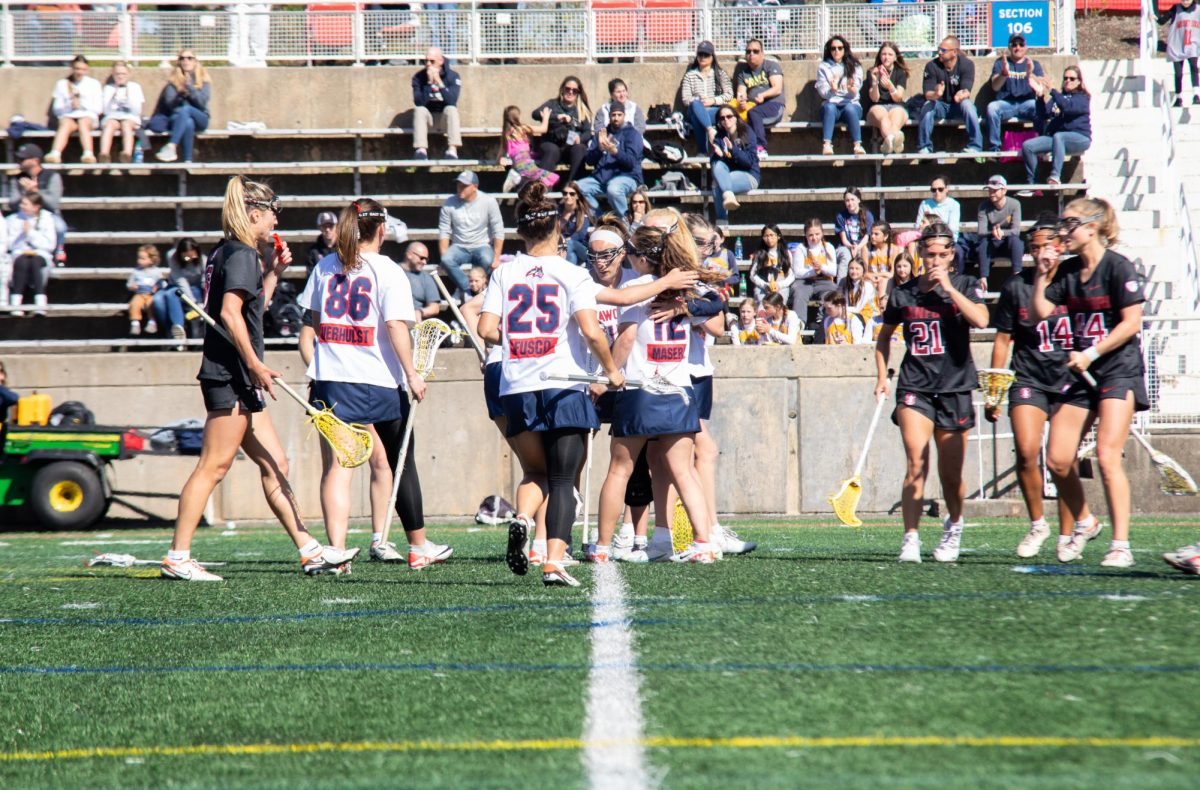

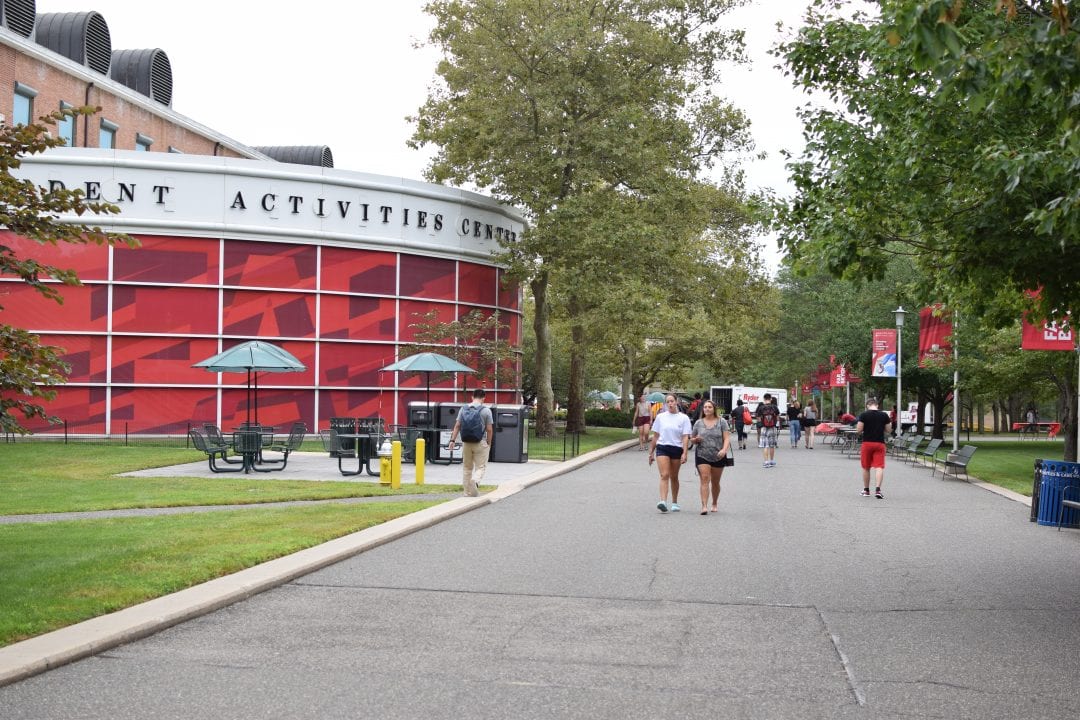

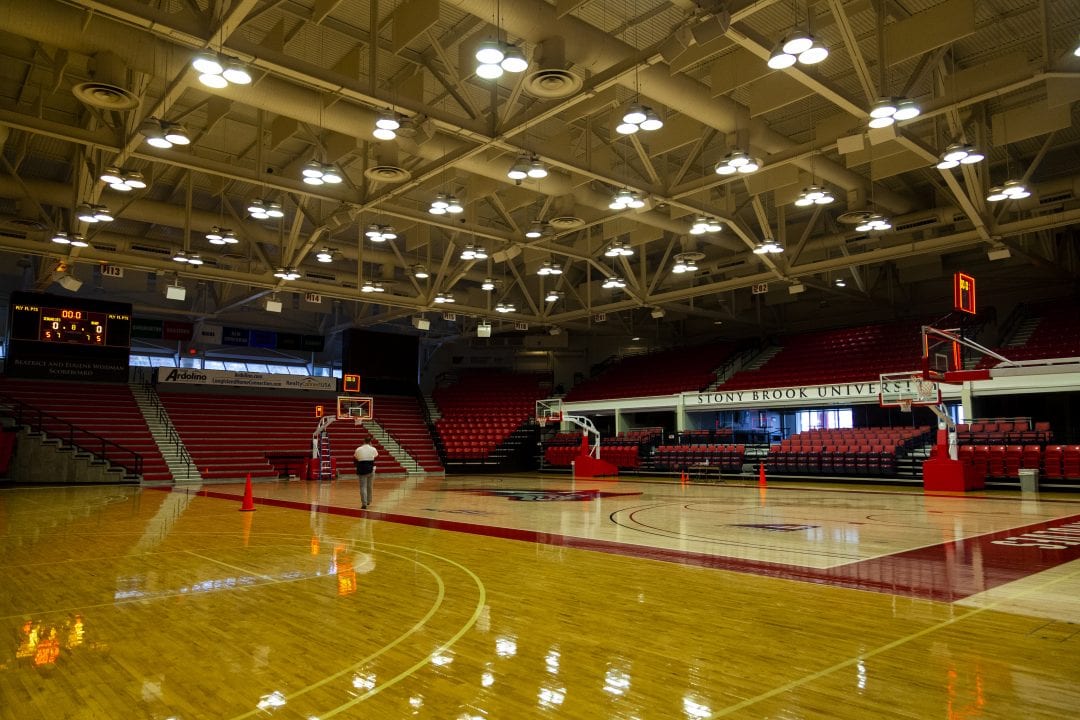
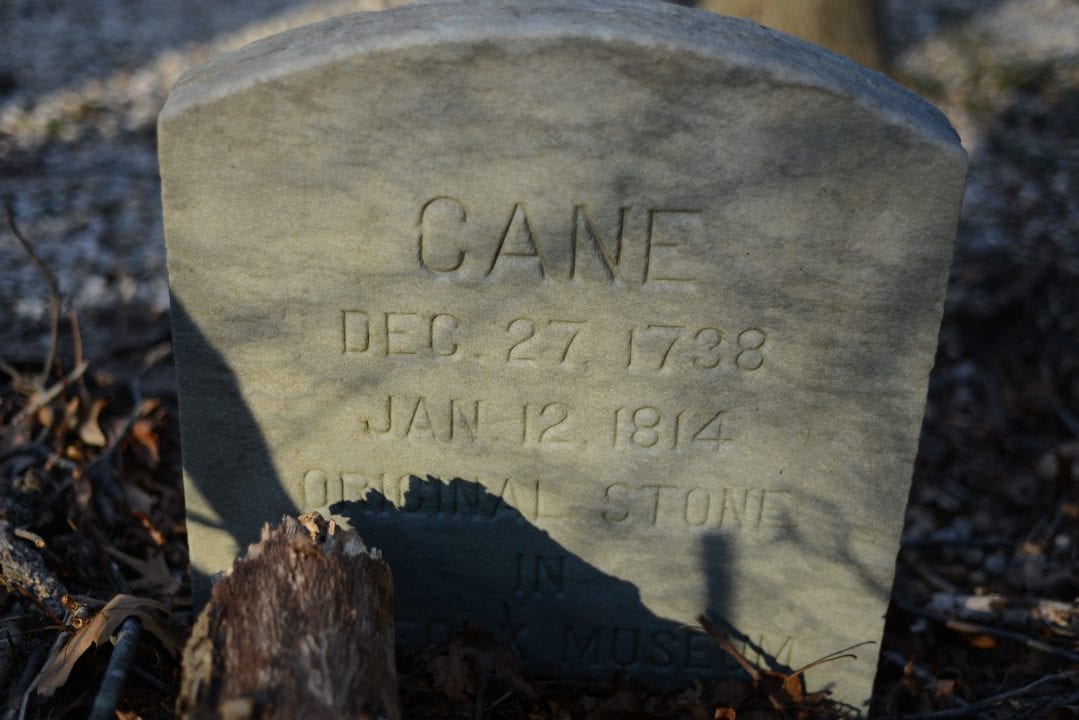





harry • Oct 5, 2010 at 3:01 pm
“protect the academic sector”? shutting down the entire undergrad college at Southampton & eliminating some of its majors while “relocating” the rest of its majors to the main campus without the experiential component that made Southamptons programs what they were, is not protecting the academic sector